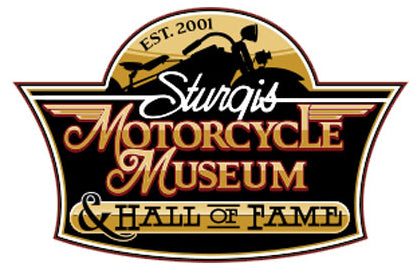Rick was born and raised in Sylmar California, a suburb of Los Angeles. Rick’s dad was a tool and die machinist at Lockheed and his mom was a nurse at the Veteran’s Hospital. Even before he was a teenager, Rick found himself tinkering on his minibike to make it go faster. In Rick’s later teenage years, you’d find him in his Z28 Camaro cruising Van Nuys (Van-N-Eyes) Blvd and on the weekends racing his motorcycle.
Rick is a gearhead at heart; loving anything with a throttle. As soon as Rick got his license he got hooked on Drag Racing. His goal was to make his car and/or bike go quicker and faster than the year before.
Rick was constantly going back & forth racing a car, and then a bike, until he finally started to build a race only, Turbocharged Kawasaki in 1985, to race in a class called Pro Competition (or Pro Comp). Rick waited on a set of wheels for over 4 months, and after paying the UPS driver $1,803 in cash for the delivery, he felt like a kid at Christmas. Rick instantly ripped open the boxes to quickly find out that part of the back wheel was not even in the box, which he later found out it was on backorder for another 2-4 weeks.
Devastated and mad that they took his money knowing the parts weren’t even in stock. Rick knew right then that they needed a competitor. Rick made some calls and set up a meeting with the legendary Boyd Coddington.
During that meeting Boyd introduced Rick to one of his wheel designers and over the next couple of months they designed Rick’s first set of wheels. A machine shop made the wheels and the center hubs out of aircraft 6061T6 aluminum. Rick bolted it all together with a custom-made rim band and put it on his race bike. A few weeks later Rick debuted his motorcycle at the local racetrack. People were looking and asking him who’s wheels are those? Rick told them that they were his design, and the very next question was “Can we buy a set?”
That was the start of a new business. Rick owned an auto body shop at the time called RC Acrylics. Which stood for Rick’s Custom Acrylics. You can see how easy the move was to put in the word Components after RC so in 1989, RC Components was officially born.
Rick felt his passion for drag racing and motorcycles was why RC Components grew in the drag racing world, but he saw another problem rising. Street riders were putting these race wheels on their street bikes. He told everyone that they’re not strong enough for the potholes of the roads but he would start designing a stronger wheel that would take the abuse of the street.
Rick bought a 1991 Softail and designed a set of wheels to fit that bike. He sent 2 wheels out for testing and put another set on his bike so he could put the wheels through rigorous testing.
The physical testing and the real street testing proved no match for what he had designed.
In February 1992, Rick showed up at the famous Motorcycle Trade Show in Cincinnati to set up a display in a 10 x 10 Booth. Talking to intrigued customers and actually taking orders was just an unbelievable feeling for Rick that weekend. He realized at that show that he actually designed and produced the first ever Billet Aluminum Wheel designed for Harley-Davidson Street Bike.
RC Components had set a name for itself in the Street world too; and Rick left there driving back to California with the biggest high of my life.
Over the next few years RC Components became the 1st ever to build their own brake rotors to match their wheels, and then did the same for their pulleys. During the Chopper days Rick designed a brake rotor to be a part of the pulley to leave the other side of the wheel nice & clean.
Rick continued to expect his RC Comp team to push the design envelope by doing their best.
“It’s been a dream come true to actually make a living doing what I love and I’ve been very blessed with the 32 years that RC Comp‘s existed.”
Starting RC Comp in his home with a 3-car garage and back bedroom as his office in Sylmar CA to moving RC Comp to a 5,000 sq ft building in Bowling Green KY in 1993. And over several more add-ons, RC Comp sits at 56,000 sq ft today.
When asked what it means to him to be inducted into the Sturgis Motorcycle Museum Hall of Fame, Rick said, “I’m honored to say the least to now have my name up with such legendary Icons of this industry.”

